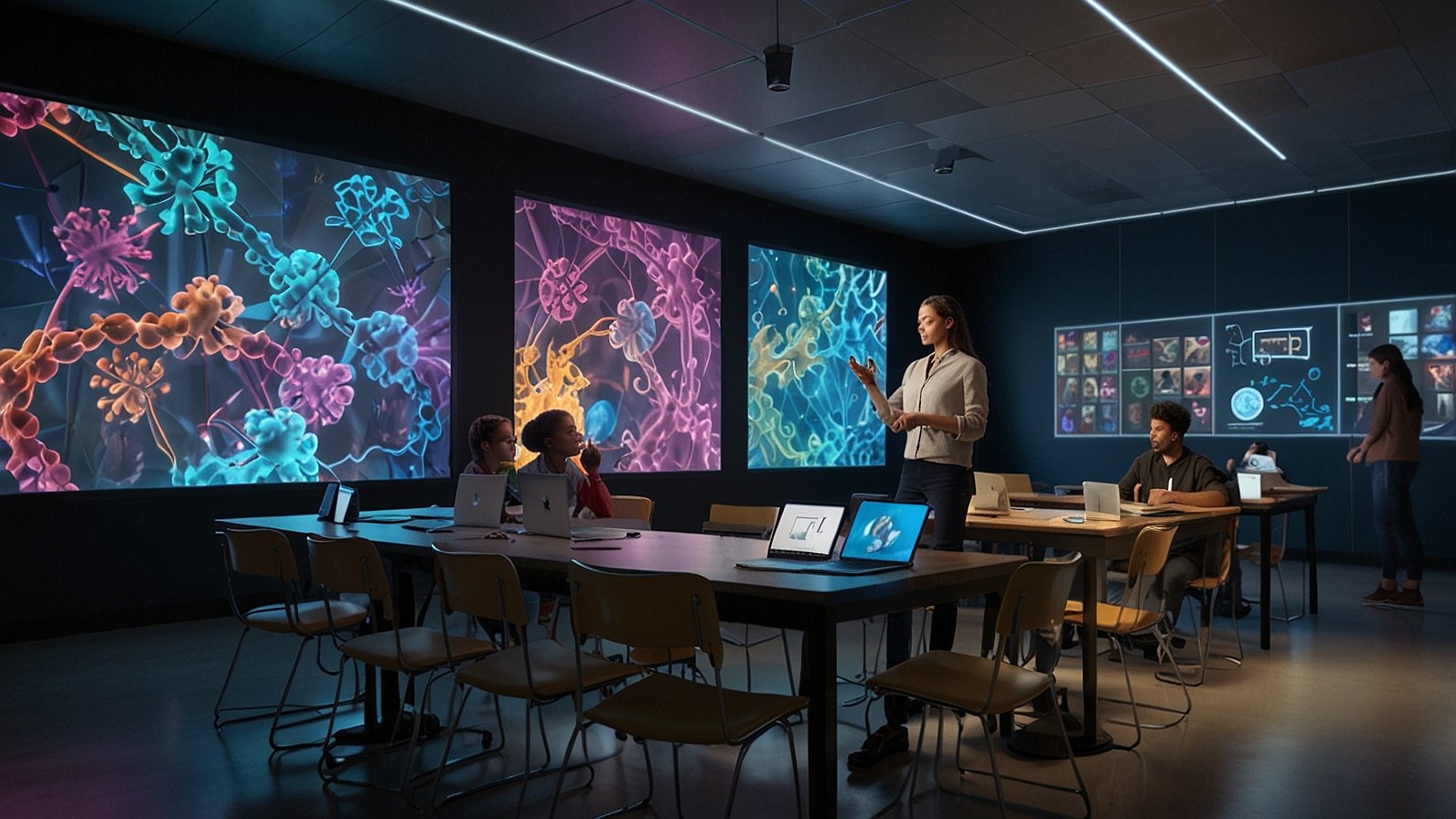The education landscape is transforming rapidly, and at the forefront of this change is the Digital SAT. This evolution from paper-based testing to a fully digital format represents more than just a shift in medium; it marks a rethinking of how students’ knowledge, skills, and readiness for college are assessed. But what does this change mean for students, educators, and the broader academic world?
What Makes the Digital SAT Unique?
The SAT has long been a pivotal moment for high school students, offering them the opportunity to showcase their aptitude and gain a competitive edge in college admissions. The Digital SAT, however, introduces several modern features designed to align the test with today’s technological landscape.
Instead of the traditional method of bubbling in answers with a pencil, the new format integrates technology to create a streamlined and adaptive testing experience. Students navigate questions using intuitive on-screen tools and receive instant feedback on their performance. The shift to a computer-based platform allows for adaptive testing, where question difficulty adjusts dynamically based on the student’s answers.
This adaptability makes the digital SAT test not only efficient but also personalized, tailoring itself to the student’s performance level in real time.
Why the Digital SAT Matters
The Digital SAT is more than just an update; it’s a response to the needs of a changing generation. Today’s students are digital natives, accustomed to interacting with technology in every aspect of their lives. By moving the SAT online, the test feels more familiar and accessible.
1. Flexibility and Accessibility
Gone are the days when students needed to manage physical testing materials or worry about misplacing answer sheets. The online format simplifies the logistics, ensuring that the test is more inclusive for international students and those in remote areas.
2. A Step Toward Modern Learning
The format incorporates features like shorter reading passages, on-screen calculators, and interactive tools that mirror the way students learn today. The adaptive question approach ensures a more accurate assessment, particularly for students who excel in specific areas but need additional support in others.
3. Faster Results
The speed of digital technology means students can expect quicker feedback on their scores. For college applicants working within strict deadlines, this improvement is invaluable.
The Rise of AI in Test Preparation
The evolution of the SAT isn’t limited to its format. The ways students prepare for the digital SAT test have also transformed, thanks to the integration of AI-driven platforms.
Personalized Study Plans
One of the most significant challenges in preparing for standardized tests has always been figuring out where to start. Many students feel overwhelmed by the sheer volume of material. AI tools like those offered by LearnQ.ai simplify this process by analyzing individual strengths and weaknesses to create tailored study plans.
For example, if a student struggles with grammar rules but excels in data analysis, the AI platform might emphasize language practice while reducing focus on math concepts. This targeted approach not only saves time but also boosts confidence.
Gamified Learning for Motivation
Studying for tests has historically been a tedious task. Today, platforms are turning preparation into an engaging activity through gamification. By incorporating interactive quizzes, progress tracking, and rewards for milestones, students feel encouraged to put in consistent effort.
The Student Perspective
For many students, the digital SAT test is a double-edged sword. While its format is undoubtedly more user-friendly, the shift can feel intimidating to those unaccustomed to digital testing environments. However, practice resources provided by platforms like LearnQ.ai bridge this gap.
Simulated tests allow students to familiarize themselves with the interface and practice time management. Features such as built-in timers and virtual tools mirror the real testing experience, ensuring that students walk into their exam feeling confident.
Common Concerns About the Digital SAT
1. “Will it be harder?”
This is a common concern among students transitioning from traditional paper-based exams. However, the adaptive nature of the digital SAT test ensures that it is neither harder nor easier—it simply aligns more closely with the individual’s skill level.
2. “What happens if there’s a technical glitch?”
The College Board, which administers the SAT, has put measures in place to address potential technical issues. Students can rest assured that the testing platform is designed to handle disruptions with minimal impact on their experience.
3. “How do I prepare for it?”
Preparation for the digital SAT test is no different from any other major exam. Utilizing online resources, taking mock tests, and practicing under timed conditions can all help students adapt to the new format.
A New Era for Educators
The digital format isn’t just a win for students. Educators and test prep institutions are also benefiting from this change. With tools that allow for detailed analytics and real-time performance tracking, teachers can gain insights into their students’ progress like never before.
Platforms like LearnQ.ai go a step further, offering educators customizable dashboards to monitor individual and group performance. By identifying areas where students struggle most, teachers can provide targeted support, ensuring better outcomes.
Beyond Preparation: Embracing the Digital Revolution
The shift to the digital SAT test symbolizes a broader trend in education toward digital-first approaches. While traditional learning methods will always hold value, the integration of technology offers opportunities to reimagine how students are taught and assessed.
The Role of Parents
Parents play a crucial role in supporting their children through this transition. By encouraging the use of digital tools and emphasizing the importance of consistent practice, they can help their students approach the test with confidence.
Leveraging Online Communities
Online communities, such as Discord groups and forums, provide an excellent space for students to share tips, ask questions, and support one another. The collaborative nature of these platforms mirrors the benefits of study groups, adapted for the digital age.
Final Thoughts
The digital SAT test isn’t just a technological update—it’s a step toward a more inclusive, accurate, and modern assessment of student abilities. While the shift may seem challenging at first, it opens the door to innovative preparation methods, smarter tools, and more efficient testing experiences.
For students, educators, and parents alike, embracing this change is the key to thriving in a rapidly evolving academic world. By leveraging resources tailored to the digital SAT, students can approach their college admissions journey not as a hurdle, but as an opportunity to showcase their potential in the most dynamic way possible.










